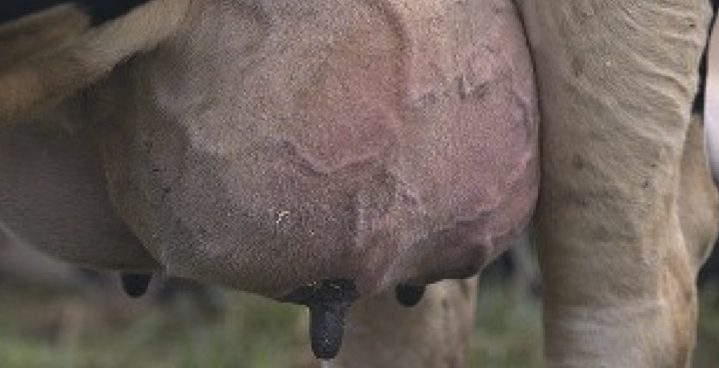A group of three dairy farmers and 4 veterinarians is about to take off to Bangalore in India, for an exchange project on the use of medicinal plants in dairy farming. This one-year E-Motive project implies one visit from a Dutch group to India (April 2014) and a return visit from India to the Netherlands – planned for November 2o14.
Several institutes, including Overijssel regional government, are co-financing the exchange. Aim of the program: to reduce antibiotic use & improve animal health in dairy farming – through effective exchange between veterinarians and farmers from India and the Netherlands.
For more info (in Dutch), see also Persbericht E-Motive bezoek NL-India and the Powerpoint presentation Presentatie Emotive project voor Dier&Kruid – 20mrt2014
Growing antibiotic resistance in dairy farming
Excessive useof antibiotics is one of the urgent problems in dairy farming today – due to the growing resistance of micro-organisms which is a direct threat to the future health of both animals and humans.
The excessive us of antibiotics in dairy farming is largely due to a production system that changed from integrated production (for milk, meat, manure for crops) to a specialised system only for milk. The most popular high-producing breed, the Holstein Friesian cow, is now spread over the globe with the single objective of milk-production.
Another reason is in the conventional dairy management and feeding regime in the Netherlands, based on high levels of proteins – through concentrates, and grass from fields manured with artificial fertilizer. This has resulted in a cow out of balance: a cow with frequent diseases increasingly shortened life span This implies high prevalence of udder infection, hoof problems, stomach problems, as well as low fertility in dairy cows. Moreover, it has resulted in frequent health problems in young calves.
This is the background of the increased use of antibiotics in dairy production systems in the Netherlands. But the antibiotic problem is not restricted to large-scale farms; it is also a major problem in smallholder dairy production worldwide.
Goal: 70% antibiotic reduction in 2015
Due to this threat of antibiotic resistance, the Dutch government has stipulated that antibiotic use in livestock farming has to be reduced 70% in 2015 – compared to 2009. This poses a major challenge to both dairy farmers, veterinary practitioners and veterinary associations.
This explains why Dutch veterinary institutes, farmers and veterinary practitioners are interested to learn more about the use of herbal medicine in India for one week in April. In Bangalore they will visit a number of dairy farmers, dairy cooperatives and veterianary associations. They will also prepare a return visit of Indian experts to the Netherlands in November 2014.
The India-Netherlands exchanged is based on 3 basic steps towards a system change in dairy farming:
1) Changes in animal management – improving efficiency of dairy farming by closing nutrient cycles and improved soil fertility. Changes in animal management include aspects of breeding, feeding, manure management, soil fertilization. Netherlands has an important experience and history to share in this field.
2) Medicinal plants and other natural products – that can be use in animal feeds to prevent disease as well as curative – when disease is prevalent. India has an important experience and history to share in this field.
3) Herbal grassland and fodder trees: natural grasslands that include herbal products are increasingly seen as another important way to reduce antibiotic use in dairy farming as well as improve soil fertility and closing nutrient cycles. It is a small but gradually growing in the Netherlands – and still prevalent in other countries like India.
Partners in the exchange project
From the Dutch side, this E-Motive project is a joint initiative of Dutch Farm Experience, the Netherlands Association for Fytotherapy (NVF) and RIKILT (Wageningen University).
From the Indian side, the project is a joint initiative of I-AIM, TANUVAS and ANTHRA

